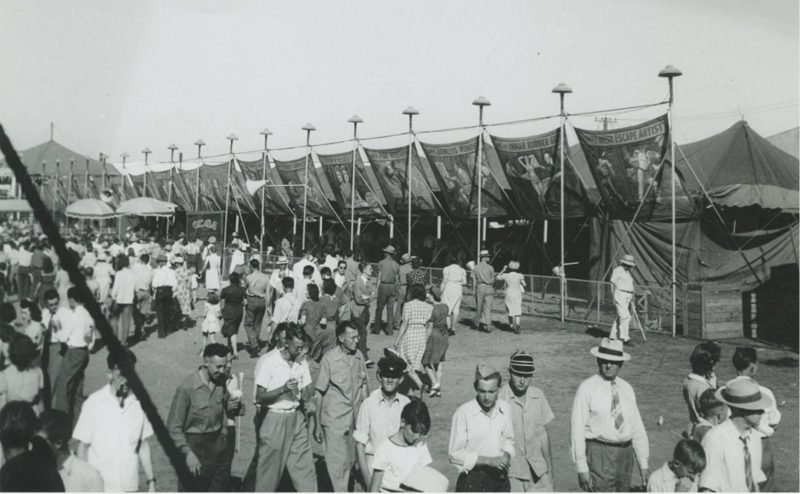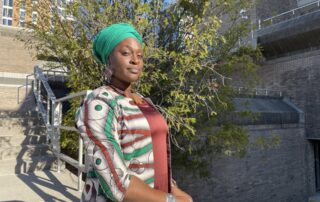The world’s largest music festival starts this week in Milwaukee. But while it may be the biggest, it isn’t Milwaukee’s first lakefront music festival. Historian John Gurda tells us about the unique celebration that entertained Milwaukeeans in the 1930s.
When the gates of Summerfest swing open on June 29, music-lovers will once again flock to Milwaukee’s lakefront. For eleven days, the grounds will resound with power chords, sax solos, and throbbing bass notes. With attendance passing the 800,000 mark most years, Summerfest has earned its stripes as the world’s largest music festival, but it’s not the first to rock the lakefront. That distinction belongs to the Milwaukee Midsummer Festival, a free event that enjoyed an eight-year run between 1934 and 1941.
Nineteen-thirty-four, you’ll recall, was near the midpoint of the Depression, and local officials were determined to pierce the prevailing gloom. They planned a celebration with themes that seem indelibly associated with Milwaukee. Beer, for one: the amber nectar flowed in abundance. Ethnicity, for another. The Festival of Many Nations, a forerunner of today’s ethnic festivals, was one of the event’s high points. Dozens of groups, from the Armenians to the Welsh, performed in native costumes for their neighbors.
Music was another staple, but the Festival couldn’t afford stars like Benny Goodman and Hoagy Carmichael. In place of swing bands, the musical attractions included light opera (especially Gilbert and Sullivan), an all-state high school band, and a 75-piece accordion orchestra.
Fireworks were a final major theme, including some with a local flavor. Ground displays depicted the Third Ward Fire of 1892 and the End of Prohibition in 1933. In 1938 an entire mile of the offshore breakwater was lit up with flares and Roman candles.
Some of the Midsummer Festival’s other features might seem a bit strange to modern Summerfest-goers. There were motorcycle hill climbs above Bradford Beach, swimming races in the frigid waters of Lake Michigan (including an event for dogs), and exhibitions of “group and solo clubswinging” by the Milwaukee Turners.
But the most unusual attraction, by today’s standards, was undoubtedly the annual pageant. The producers, most of them WPA relief workers, reached a memorable high point in 1937. The pageant’s centerpiece that year was a “symbolic nature wedding” of the land and Lake Michigan. The “bride” approached by water, escorted by Father Neptune and four attendants representing the other Great Lakes. The “groom” approached by land, flanked by attendants who stood for the Fields, the Forests, the Mountains, and the Snows. The nuptials took place on a lakefront platform, where the happy couple was surrounded by what one reporter described as “a host of girls and women dressed in white and blue, whose movements simulate the shoreline.”
The symbolism of the pageants was a bit heavy-handed at times, but the Midsummer Festival’s larger civic symbolism was unmistakable. In 1939 Mayor Daniel Hoan described the gathered throngs as “one large, happy family, playing together as we work together for the greater glory of the city we all love.” His fellow citizens couldn’t have agreed more; attendance peaked at 1.2 million in 1940.
The next year’s festival proved to be the last. Five months after the 1941 event, Pearl Harbor pulled America into World War II, and the midsummer revelry quickly became a memory. But a seed had been sown, and it sprouted again in 1968 as Summerfest. Minus the swimming dogs and the ponderous pageants, we’ve been enjoying it ever since.











